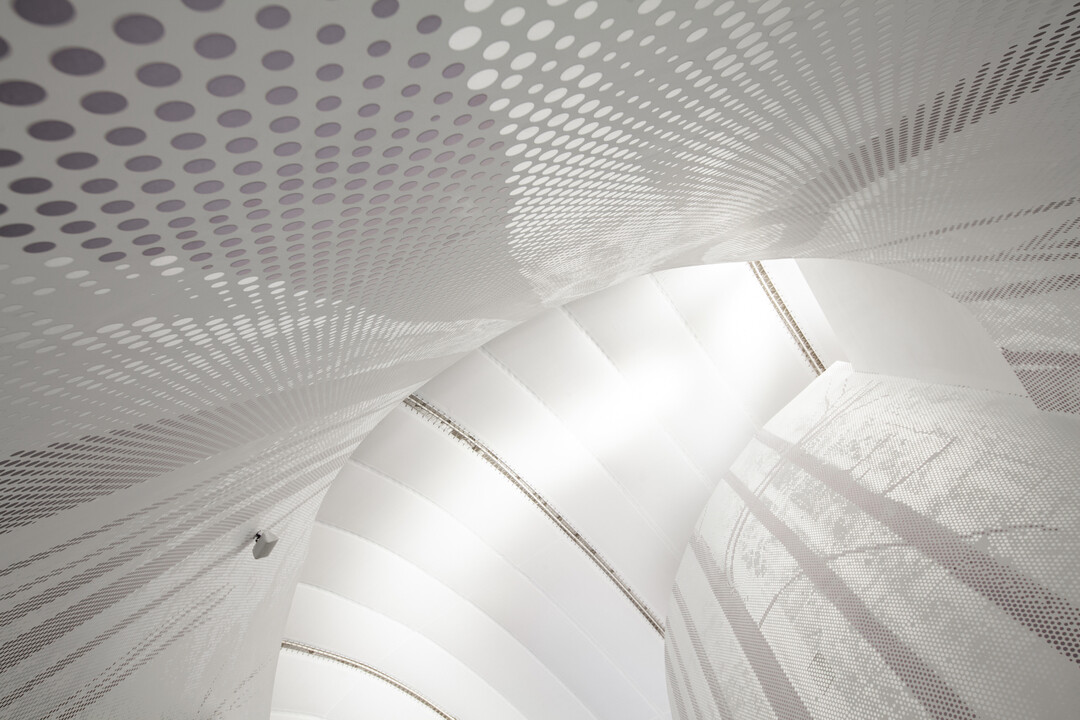
Members Only
Please join as a member and click "Members Only" to read more complete articles and exclusive content.

Please join as a member and click "Members Only" to read more complete articles and exclusive content.
翻開非關設計的網頁,不難發現每個空間都存在著難以取代的生活感,家具單品豐富卻不顯紊亂,此次分享的「居心地」作品中,呈現出許多日本生活風格雜誌的既視感,實際與設計師洪博東訪談設計過程,也提到屋主夫妻過去的確曾在日本生活一陣子。
夫妻兩人都是平面設計師,主要工作環境都在家裡,工作時候著重能擁有安靜不吵雜的空間,專注思考,在深夜裡創作或走動也比較不會吵到家人,藉此隔音成為此隅住所最大的需求。然而,在設計師到現場實際丈量之後,卻發現這座36年老華廈的室內天花板不高,且橫貫著五條大樑,在設計方面存在著先天結構性的挑戰。
在空間形成充滿生活感的日雜形象之前,設計師洪博東重新安排格局與動線,將原先排在客廳旁邊的廚房移動到後端,以開放中島設計,加寬室內主廊道,放大空間的視覺感,也使得前後光線良好銜接,開放廚房同時連結工作陽台的衣物洗曬系統,解決原封閉、動線不流暢的條件。加寬後的廊道已不再只是一處過道,為女兒加上盪鞦韆便形成她玩樂的地方,未來擺設鋼琴、茶几、椅凳等物件,都能為此處空間變換更多可能性。
調整空間雛形之後,結構樑隱匿於房間牆線之間,此時便開始著手隔音需求。除了使用木地板與隔音窗之外,天花板亦選擇吸音材質加強效果。曾經在日本生活過的兩人,對於木頭材質的喜好化成多種樣貌存在於這隅家裡。從桌椅家具到收納書籍或家庭物品的層架,甚至門窗的木框都為空間增添幾許木色,一路慢慢收藏累積的單椅也是手工木製,更透過木地板的顏色界定了公私領域,以黑色作為入門後的玄關、客廳與閱讀區,私領域則是溫暖原木色,瀰漫整室。
在這個家裡,所有家具都是活動的,沒有大量木作與系統櫃的痕跡,以壁掛層架收納書籍、廚房物品或衣物,透過開放型櫃架展示此些日常物件,只要看得見、用得到,便能減少在封閉櫃體裡過度堆積冗物,亦避免時間一長忘記而重複購買之情形,藉此詮釋櫃體不等於好收納的設計觀點,也讓懂得佈置陳列的女主人一展長才,讓每個物件都有其存在價值,編織出生活的細節。